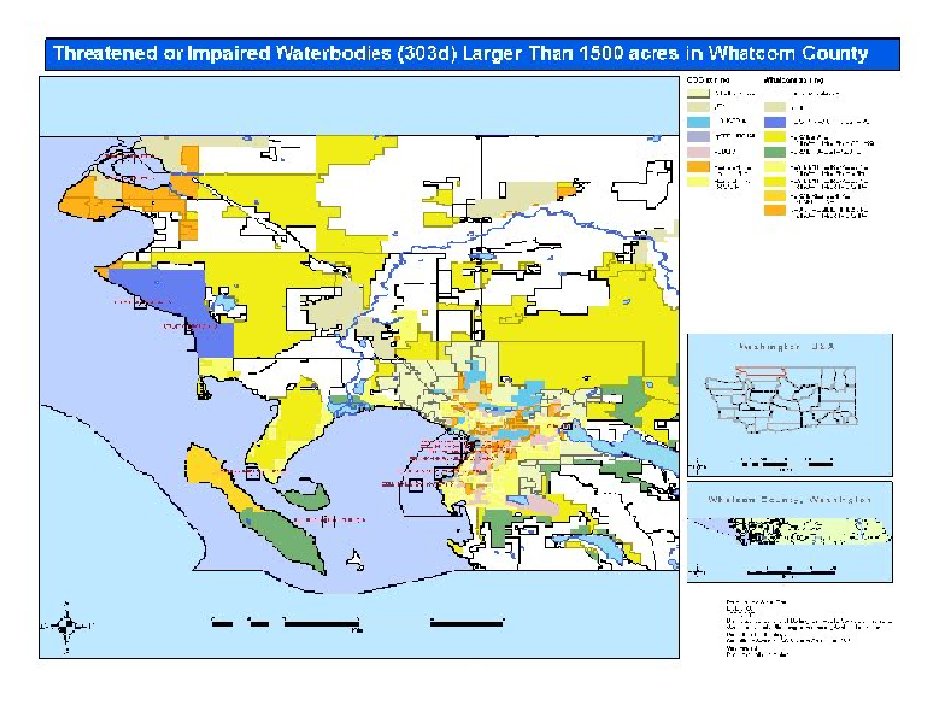
Click to Enlarge (2112 x 1632)

Aerial imagery courtesy of Microsoft Terraserver and USGS. Imagery is black and white, 8m pixel resolution, from 16 July 1998.
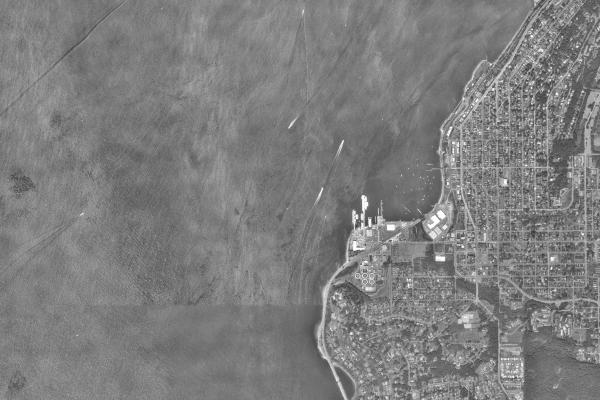
|

|
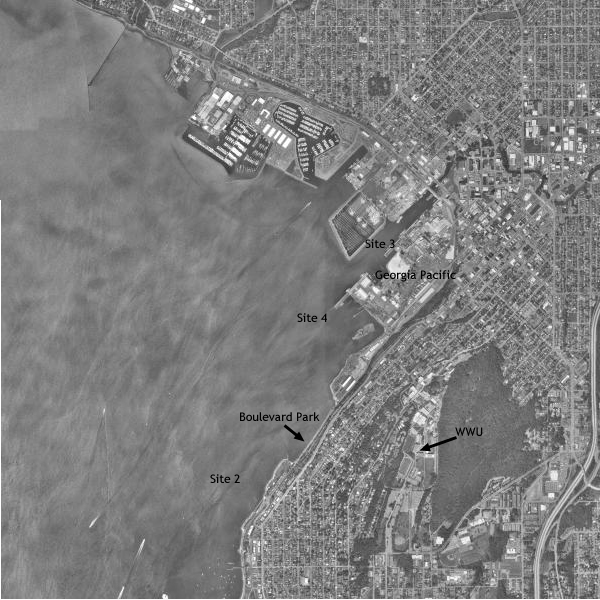
|
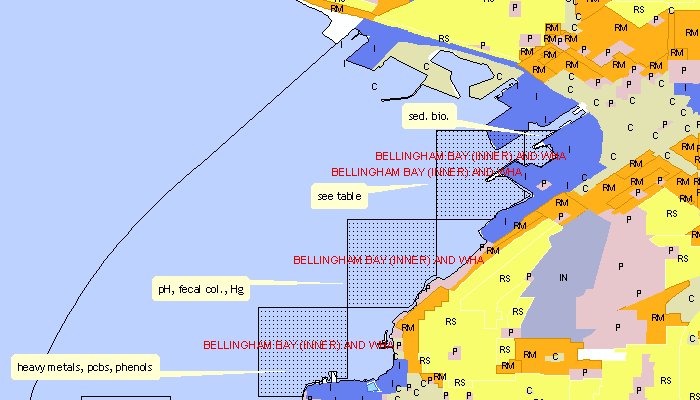
|

|
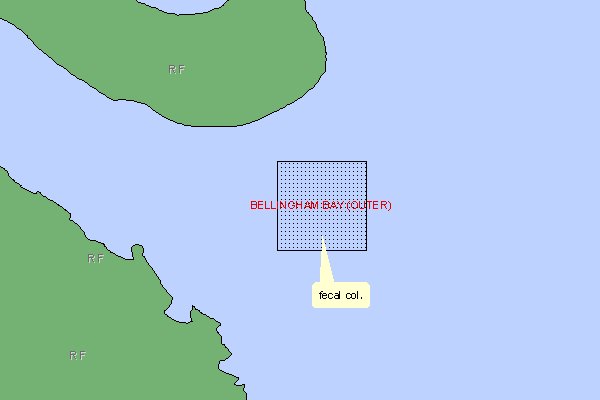
|

|
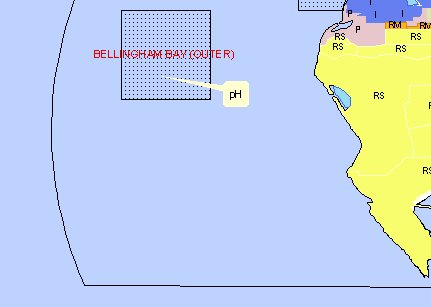
|
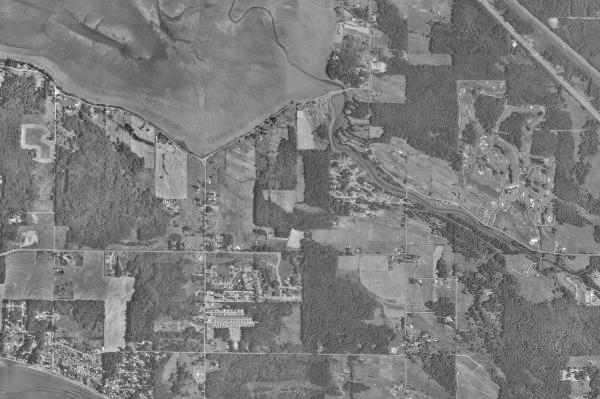
|
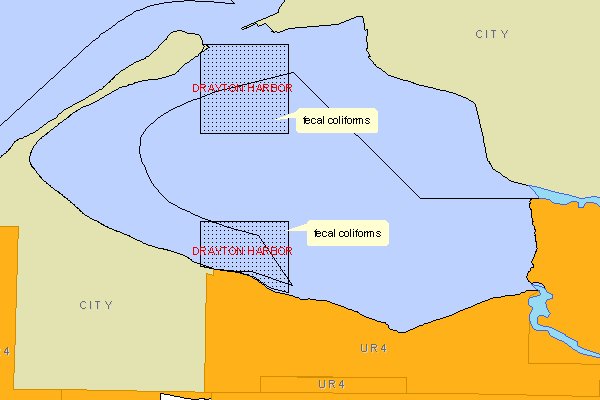
|
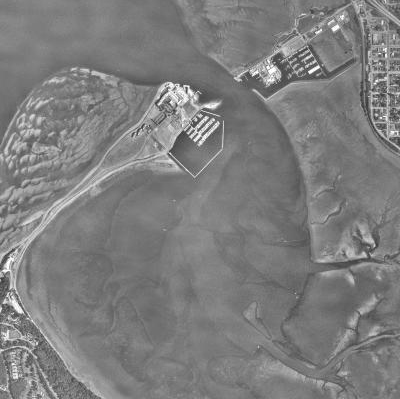
|

|
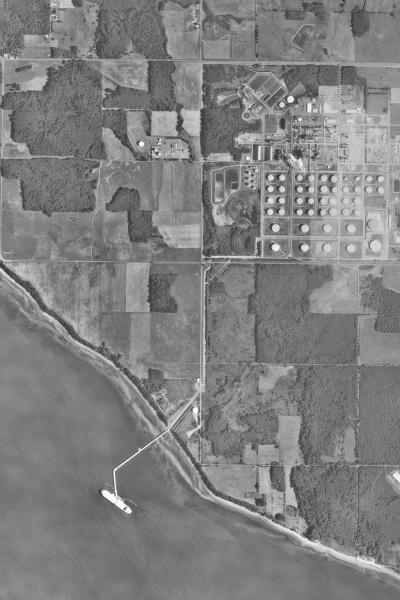
|
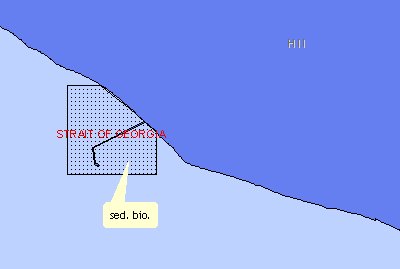
|
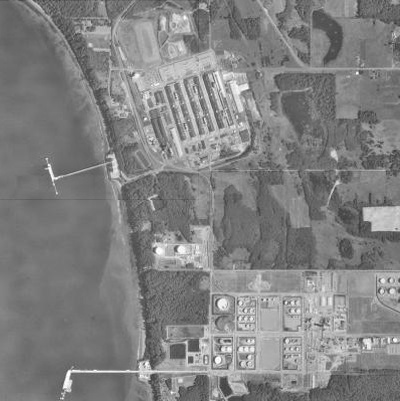
|
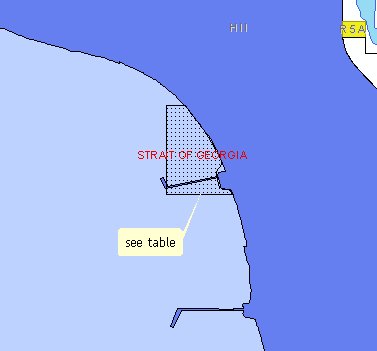
|

|
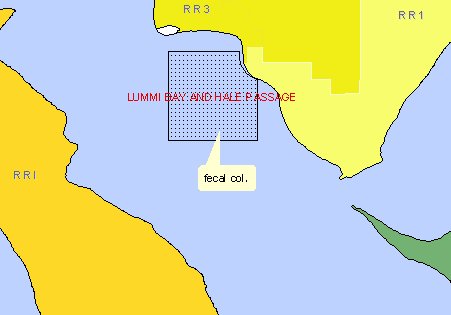
|
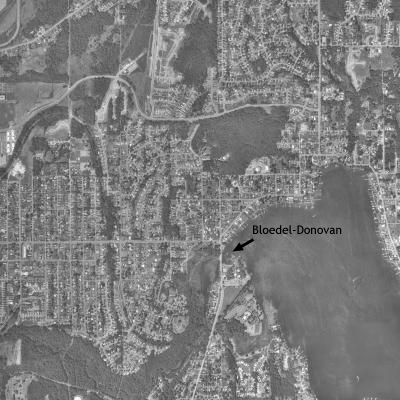
|

|






Aerial imagery courtesy of Microsoft Terraserver and USGS. Imagery is black and white, 8m pixel resolution, from 16 July 1998.

|

|

|

|

|

|

|

|

|

|

|

|

|

|

|

|

|

|

|

|



